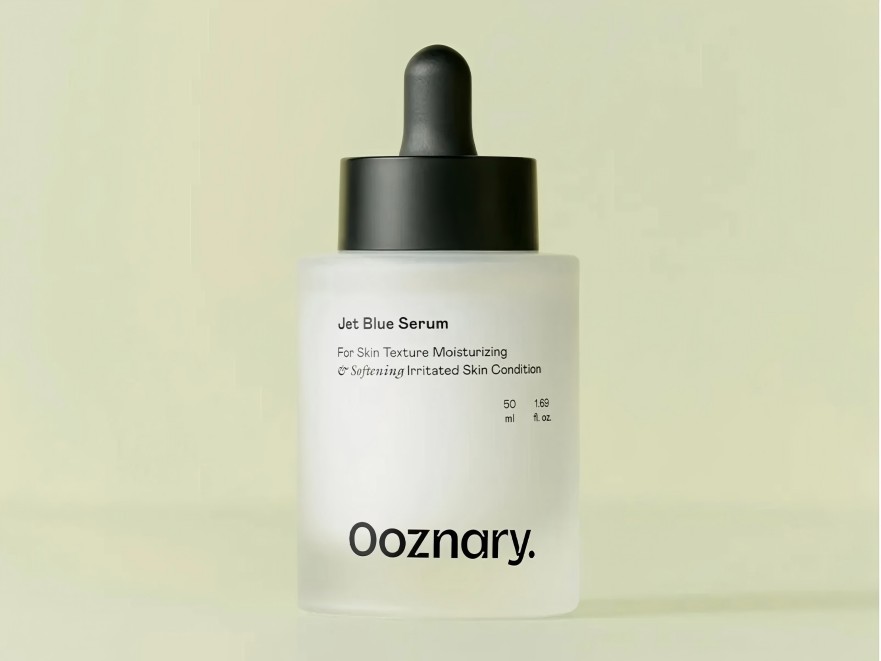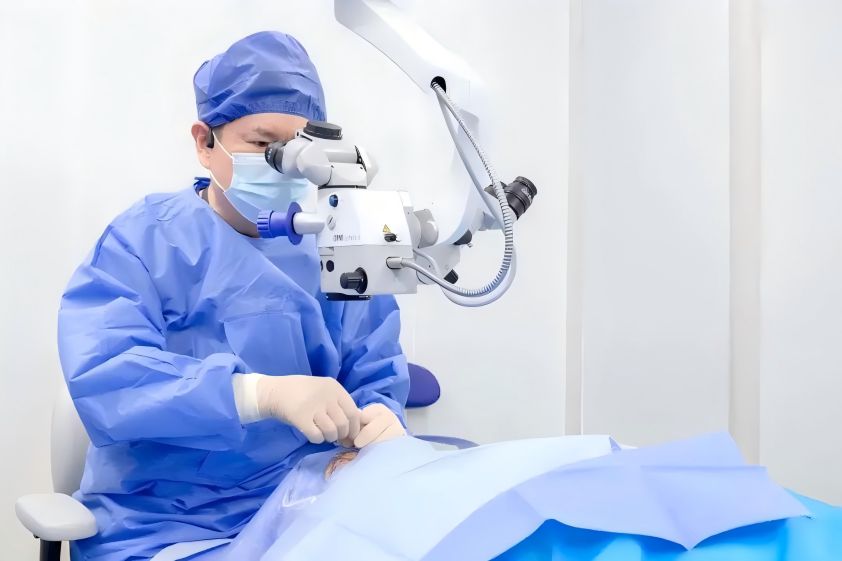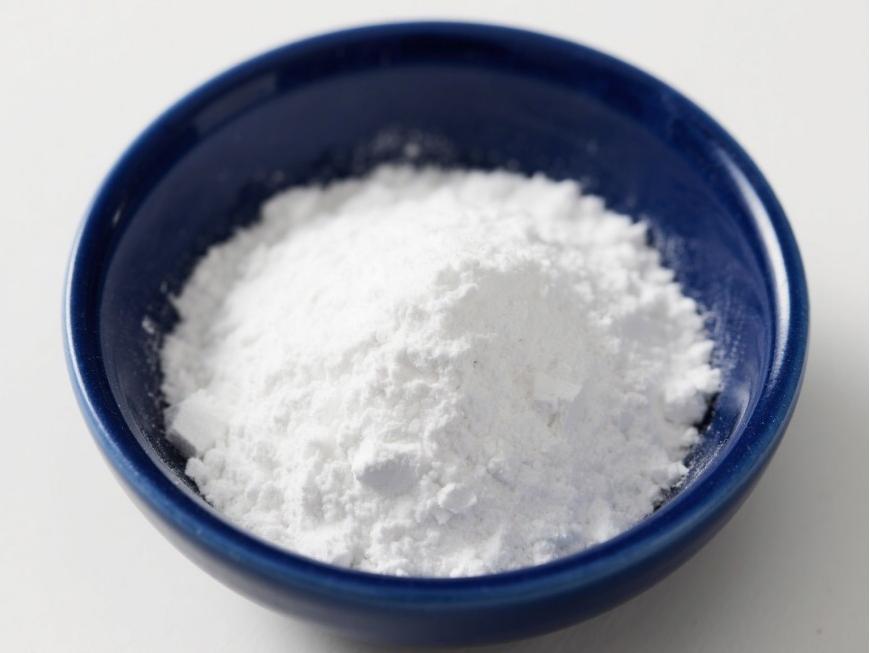Green Spring Technology's Hyaluronic Acid Powder Enhances Oral Beauty Product Formulations
루 론 산 is a naturally occurring biopolymer composed of multiple sugar units linked in a regular sequence, exhibiting varying molecular weight ranges다다. As a safe, skin-friendly and biocompatible ingredient, it is not only widely used in skincare products but is also emerging as a popular functional ingredient in the oral beauty sector.
녹색 봄 Technology leverages advanced biotechnology platforms to dedicate itself to the research, development, and production of high-purity, premium-grade food-grade hyaluronic acid powder. Our products exhibit excellent water solubility and stability, enabling efficient application across diverse formulations such as oral liquids, soft capsules, and tablets within beauty and wellness products. This empowers brands to develop more market-competitive internal beauty solutions, helping consumers radiate hydrated radiance from within.
1 Hyaluronic Acid: Exceptional Hydration, Pioneering a New Era in Oral Beauty
Hyaluronic acid (HA), a naturally occurring biopolymer, exists as a white amorphous solid at room temperature, being odourless and tasteless. It possesses exceptional hydrophilicity and moisture-retaining capabilities. Its unique molecular structure forms a stable three-dimensional network framework, efficiently binding and locking in vast quantities of water molecules through polar bonds and hydrogen bonds, earning it the title of ‘natural moisturising factor’.
Even at extremely low concentrations, hyaluronic acid forms a continuous honeycomb structure, acting like a ‘molecular sponge’ to adsorb water far exceeding its own weight. This property makes it an internationally recognised premium moisturising ingredient. It boasts excellent biocompatibility and is easily combined with other formulations.
Owing to its outstanding moisturising performance and stable physicochemical properties, hyaluronic acid is increasingly used in oral beauty products. As a functional ingredient, it replenishes moisture from within, enhancing skin hydration and elasticity to cultivate a healthy, dewy complexion. Consequently, it has become an ideal raw material choice for numerous beauty and health supplements.
2 Emerging Trends in Oral Beauty: High-Purity Hyaluronic Acid Fuelling Health Food Innovation
The application of hyaluronic acid in oral beauty products is garnering significant attention within the global health food market. Since the 1980s, countries such as Japan have incorporated hyaluronic acid into various oral health supplements, accumulating extensive R&D and market experience.
As a naturally occurring bioactive component in the human body, hyaluronic acid's exceptional moisturising properties and biocompatibility make it an ideal functional ingredient for oral beauty products. When supplemented orally, it provides intrinsic nourishment to the skin, helping to enhance hydration and elasticity, thereby supporting overall skin health.
Green Spring Technology leverages advanced biotechnology platforms to specialise in supplying food-grade, high-purity hyaluronic acid powder. We strictly adhere to international quality standards, ensuring each batch offers outstanding safety, stability, and application convenience. This empowers clients to develop more market-competitive oral beauty and health food innovations, jointly advancing the industry's new trends of internalised beauty and functionalised food.
3 Hyaluronic Acid: Exceptional Hydration, Empowering Natural Beauty Experiences
Hyaluronic acid (HA), an exceptional natural moisturising agent, has garnered significant attention and application within the cosmetics sector in recent years. Its outstanding hydrating properties and excellent biocompatibility make it a vital additive in various mid-to-high-end skincare and color cosmetics.
When incorporated into cosmetics, hyaluronic acid forms a lightweight, breathable hydrating film on the skin's surface. This film helps lock in moisture, maintain suppleness, and gently nurture the skin. It also enhances the efficacy of other nutrients within cosmetic formulations, promoting skin health maintenance.
Currently, hyaluronic acid is extensively incorporated into creams, lotions, serums, toners, bath products, foundations, and lipsticks, delivering a more hydrated and comfortable skincare and makeup experience for consumers. Its outstanding moisturising and soothing properties continue to drive the cosmetics industry towards more natural and functional formulations.

4 Hyaluronic Acid: An Innovative Biomaterial, Expanding New Horizons in Medical Applications
Hyaluronic acid is a naturally occurring bioactive component in the human body, possessing excellent biocompatibility and degradability. In recent years, it has garnered significant attention in the medical field as a crucial functional material.
In medical applications, hyaluronic acid serves as a superior lubricant and moisturising agent, providing comfort for joints and the ocular region; During surgical procedures, it helps reduce friction between tissues and supports the post-operative recovery process. Furthermore, hyaluronic acid is frequently employed as a carrier in drug delivery systems, leveraging its affinity and sustained-release properties to facilitate the steady release of active ingredients.
With continuous advancements in biomaterial technology, the applications of hyaluronic acid in the pharmaceutical sector continue to expand, bringing greater innovation potential and development opportunities to the industry.

5 전망
As a specialised supplier of hyaluronic acid powder, Green Spring Technology remains committed to providing global clients with high-purity, premium-quality food-grade hyaluronic acid. Leveraging advanced biotechnology platforms and stringent quality management systems, we ensure every batch delivers exceptional safety, stability, and performance, making it suitable for developing beauty and health supplements across various formulations including oral liquids, capsules, and tablets.
Choosing Green Spring Technology means acquiring not merely a raw material, but robust support for a comprehensive oral beauty solution. We look forward to collaborating with you to harness technology for product innovation, jointly creating market-favoured oral beauty products that empower consumers to achieve health and radiance from within.
Please contact us at helen@greenspringbio.com or WhatsApp: +86 13649243917 to explore further product details and partnership opportunities.
참조:
[1] 링 페이슈 (Ling Peixue).히알루론산 [M.북경:중국경공업출판사, 2000.
[2] 히알루로닉의 로랑 T C. 생화학.Acta Otolaryngol (Stockh) [J], suppl, 1987(442):7-24.
[3] Kendell F E, Heidellberger M, Dawson M H. group A 용혈성 streptococcus [J]의 점액 균주에 의해 정제된 혈청학적으로 비활성 다당류이다.J Biol Chem, 1997 (118):61-69.
[4] 우동루.탄수화물의 생화학 [M.북경:고등교육출판사, 2001.
[5] Pogrel M A, Lowe M A, Stern R. Hyaluronic (히알루론산) in human 침 [J].Aich 구강 Biol, 1996, 41:667-671.
[6] 왕동.일본 [J]의 합성 히알루론산.한국화학공업공학회지 2002(1):16
[7] 장후종, 원연린.「 동물활성성분 [M] 화학 」, 천진:천진과학기술출판사, 1995.
[8] 수홍, 루지화.화장품에서의 히알루론산나트륨 적용 [J.중국생화학약물학회지, 1998:(5):222-223.
[9] 팬밍.히알루론산이 무릎 골관절염 활액내 사이토카인 함량에 미치는 영향.칭다오:Qingdao University, 2005.
[10] 비잉.수술 후 유착방지를 위한 히알루론산 나트륨 필름 연구 [D.칭다오:Qingdao University, 2002.
[11] 양수전, 천귀루이.히알루론산의 특성과 식품에의 응용.외식산업과학기술, 2008, 29(6):317-320.
[12] 이시카와 오사무.닛폰간카이시 [J.간카, 1987 (38):927.
[13] 루, 니앙시, 탄톈웨이.히알루론산 [J]의 제조와 응용.한국기능성고분자학회지, 2001, 14(3):370-376.
[14] Kui Miaomiao, Cui Bo, Sun Hongbo 등.대파기름의 추출 및 결정방법에 관한 연구 진행 (정미숙, 정미숙, 정미숙)산동경공업대학 논문집 2010, 24(3):1-3.
-
Prev
Empower Your Health Product Formulations with Green Spring Technology's Hyaluronic Acid Powder
-
다음
Breakthrough Progress Achieved in the Application of Modified Hyaluronic Acid


 영어
영어 프랑스
프랑스 스페인
스페인 러시아
러시아 한국
한국 일본
일본




